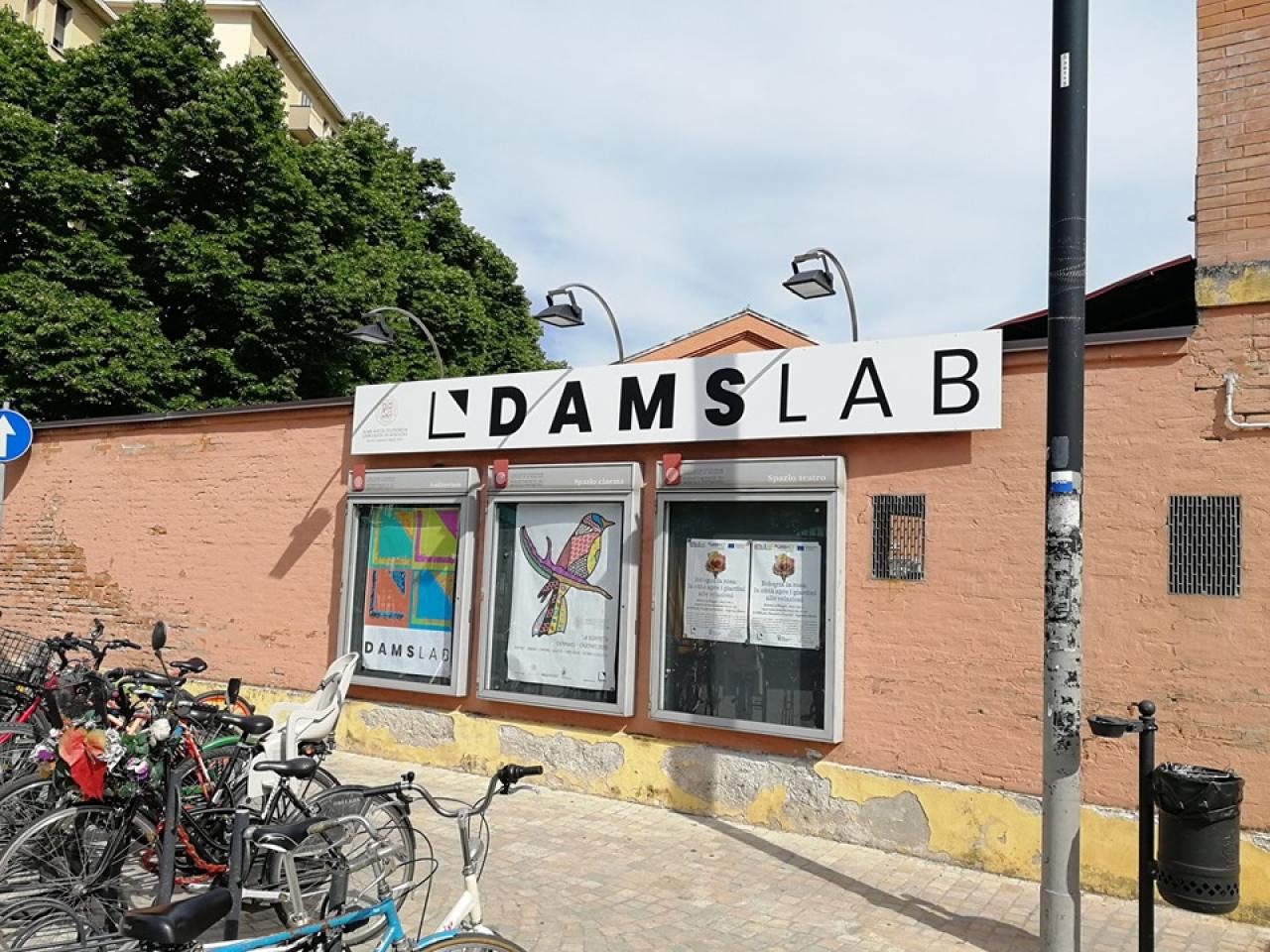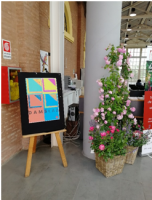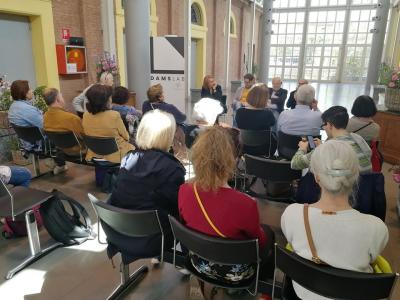
Culture as an engine for the growth of urban suburbs or areas with a low rate of opportunities and citizen involvement. This is the theme at the heart of the Urbact “Urban Regeneration Mix” project (REMIX project) in Bologna which is concerned with culturally regenerating the area of the Manifattura delle Arti and in particular the DamsLAB area.
Manifattura delle Arti (Factory of the Arts) – is located near the centre of Bologna, covering an area of about 100,000 square metres. The area was the city's port between the Renaissance and the 19th century, and together with its protoindustrial hinterland of canals (Canale di Reno, Navile, Moline, Aposa), it was also the mercantile and manufacturing heart of Bologna's economy at least until the end of the 17th century. The area has many sections: Manifattura Tabacchi (The original Tobacco Factory, now home to the Film Library of Bologna), C
The DamsLAB area buildings are part of the former municipal slaughterhouse. This is a laboratory aimed at promoting culture at an urban level. Designed and managed by the Department of Arts of the University of Bologna, DAMSLab’s goal is to enhance projects and foster synergies that find in cultural and artistic production and participation the key factor for territorial growth, and a focal point for contemporary and future citizenship. It is open to the territory and brings different areas of knowledge into dialogue.
This area has a high rate of population replacement and a medium/high risk of depopulation. The challenge is to turn the neighbourhood into being attractive again to live. A risk is to lose cultural roots and vivacity. Culture could be a leverage for people attraction, people dialogue and intergenerational mix. To accomplish all this, it's crucial to increase the collaboration among cultural institutions, artists, youth, students and inhabitants of the city centre. Promote the entrepreneurship and creative job.
The starting point is to have a dialogue among all the institutions that are based or operate in the area. These are the members of the ULG established by the REMIX project: DAMS LAB – Arts Lab, DAR Art Department – Alma Mater Studiorum University of Bologna, Mercato Ritrovato - local farmers market set in the area of DAMSLab once a week, Cineteca (Film Library Foundation), Gender Bender/CASSERO LGBT Centre, PORTO15 co-housing, Cantieri Meticci - Cultural association that works on social inclusion, integration of immigrants, BAM Strategie culturali - Co-develop activities on cultural management and Museum of Modern Art Bologna (MAMBO).
ULG is 
During this period, we organized on 11th May 2019 a first test-event resulting from the collaboration between DAMSLab and Mercato Ritrovato entitled "Bologna la Rosa". In the context of the farmers' market organized every Saturday morning outside the DAMSLab area, a conference was held dedicated to roses immersed in an installation of old roses inside the premises of the DAMSLab. This event has led the market audience to also explore new areas often closed to citizens.
The next steps of REMIX project will be to analyse well the proposed events, to understand when and what kind of interactions between the institutions of the area are thinkable: organizational collaborations, involvement of the different publics to which each member is addressed, coordination in the communication phase
